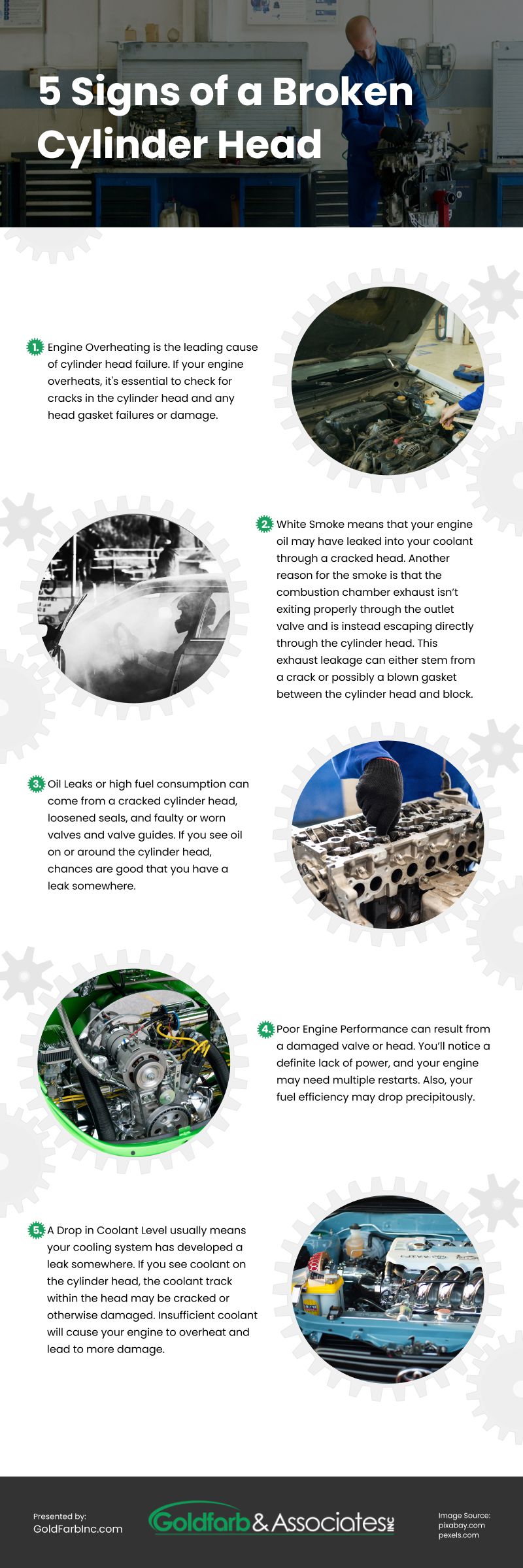
The cylinder head is a concept you are familiar with if you own a car. You probably know about the large cast-iron or aluminum component that sits atop your engine and serves a purpose. We are aware that many of our clients aren’t “gearheads” with in-depth knowledge of cars and trucks or diesel specialists. Many of you only want to identify the problem and find a solution.
Cylinder heads can either be fastened to each individual cylinder or sealed to a single block with several cylinders using a head gasket. The majority of passenger cars have the latter design. If your cylinder head isn’t properly cooled, the extreme heat may cause chaos and frequently results in cracks between the valves. As seasoned diesel parts providers, we advise considering purchasing a new cylinder head if yours turns out to be broken or distorted in any manner.
We mention this because it takes specialized technology to re-machine a fractured cylinder and doing it well might take time and money. Simply welding over the fracture won’t repair the cast iron head’s integrity, and it’ll probably fail quickly, perhaps causing further engine damage. Considering this, the following are some signs to watch out for that might point to a damaged cylinder head:
Engine Overheating
Engine Overheating is the most common reason for cylinder head failure is an overheated engine. The cranium can only withstand extreme heat and pressure if it is adequately chilled, despite being built to do so. It’s crucial to get expert assistance if your engine overheats so they can inspect the cylinder head for cracks and look for any head gasket failures or damage.
White Smoke
White Smoke is an indication that a damaged head may have allowed engine oil to leak into the coolant. Another cause of the smoke is that the exhaust from the combustion chamber isn’t properly leaving through the outlet valve and is instead escaping directly through the cylinder head. This exhaust leak might be caused by a ruptured gasket between the cylinder head and the block or a crack in the cylinder head.
Oil Leaks
Oil Leaks when a broken cylinder head, loosened seals, and defective or worn valves and valve guides can all contribute to oil leaks or high fuel usage. You probably have a leak someplace if you notice oil on or near the cylinder head.
Poor Engine Functioning
Poor Engine Functioning is when a broken valve or head may lead to poor engine performance. There will be a distinct lack of power, and your engine might need to restart several times. Additionally, your fuel economy may suddenly decline.
A Drop in Coolant Level
A Drop in Coolant Level a decrease in coolant level typically indicates that your cooling system has a leak. The coolant track inside the head may be fractured or otherwise damaged if coolant is visible on the cylinder head. Your engine may overheat if there is insufficient coolant, which will result in more damage.
Do anything you can to prevent damage since fixing a diesel cylinder head or gasket may easily run you $3,000 to $4,000 in materials and labor. Maintaining the levels of your radiator and coolant is one of the finest methods to safeguard your cylinder head. Additionally, maintaining your engine in good working order requires regular maintenance tasks like replacing the oil and filters, cleaning your engine’s parts, and paying particular attention to gaskets and valves.
source: https://goldfarbinc.com/blogs/news/guide-to-cylinder-heads
Comments
Download this infographic.
